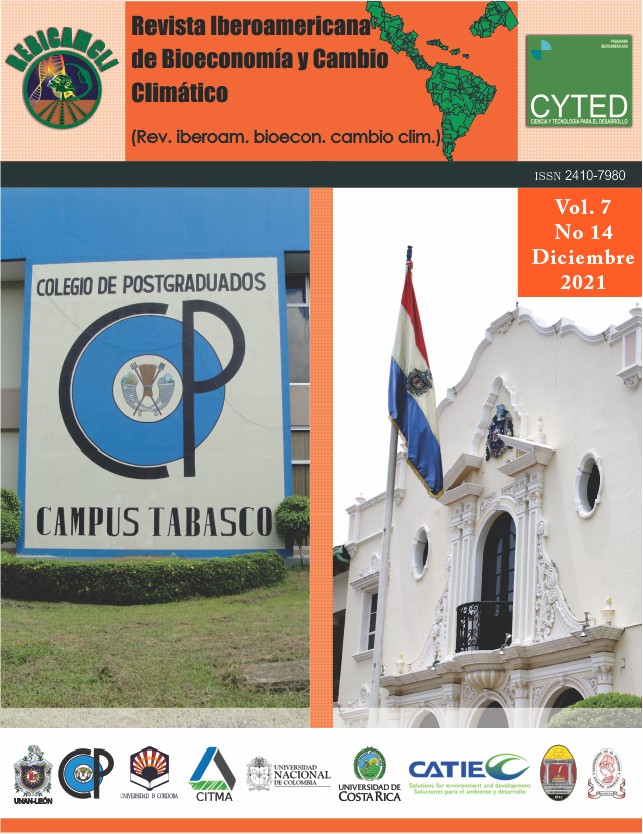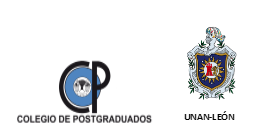Elaboration of paper with six varieties of pennisetum purpureum schumach in Veracruz, Mexico
DOI:
https://doi.org/10.5377/ribcc.v7i14.12608Keywords:
Fiber, Bagasse, Bleaching, Pulp, SDFAbstract
At present, the environmental impact of fossil fuels has generated the search for alternative sources of energy such as biomass from sugar cane and fodder pastures. In order to generate alternatives for the production of fiber and cellulose similar to that obtained with sugarcane bagasse, six varieties of Pennisetum purpureum Schumach were evaluated at the laboratory level (OM-22, Cameroon, Maralfalfa, CT-115, Roxo and Urockowona) at 120, 150 and 200 days after sowing (das). The varieties were sown in tip and tail in double cordon in strips of 5 furrows of 1.2 meters between rows and 20 meters in length. The soil was of a vertisol soil type with a pH of 5.4, clayey texture and 2.6% OM. It was found that OM-22, Cameroon, Maralfalfa, Roxo and Urockowona presented good potential for the production of fiber and cellulose at 150 das, discarding the variety CT-115. The Urockowona variety, presented the highest content of Suitable and Dry Fiber (SDF) in the three cut-off dates, excelling at 150 das with 34.4%; while the rest did not exceed 25% in the three evaluated dates. The total biomass yield was similar in the six varieties evaluated in their first cut, exceeding 80 t ha-1 in green from 150 das. It is concluded that the Urockowona, Camerun and Maralfalfa varieties are the ones with the greatest potential for the production of fiber and cellulose to make paper.
Downloads
427
HTML (Español (España)) 0
Published
How to Cite
License
Copyright (c) 2021 Ibero-American Journal of Bioeconomy and Climate Change

This work is licensed under a Creative Commons Attribution-NonCommercial-ShareAlike 4.0 International License.
Copyright © Rev. iberoam. bioecon. climate change (Graduate School and UNAN-León, School of Agricultural and Veterinary Sciences / Department of Agroecology / Center for Research in Bioeconomy and Climate Cahnge (CRByCC).







